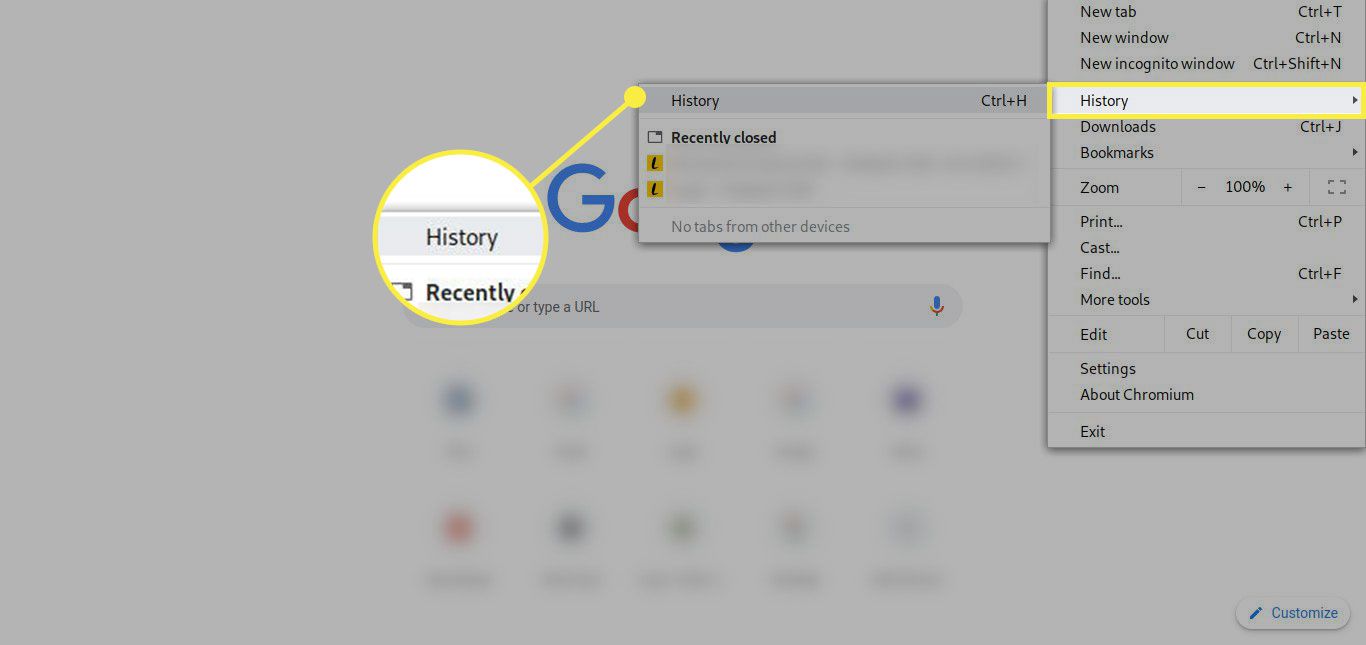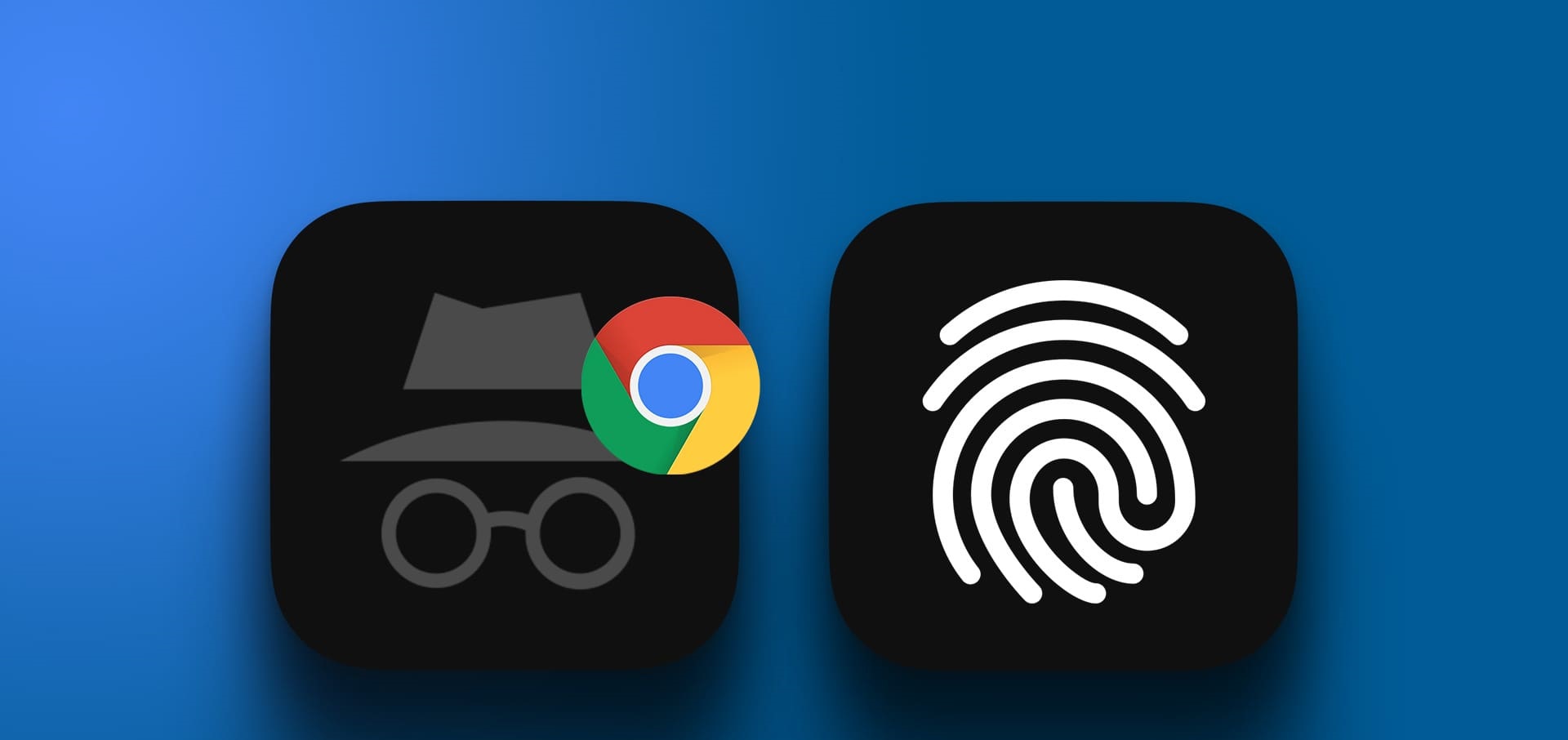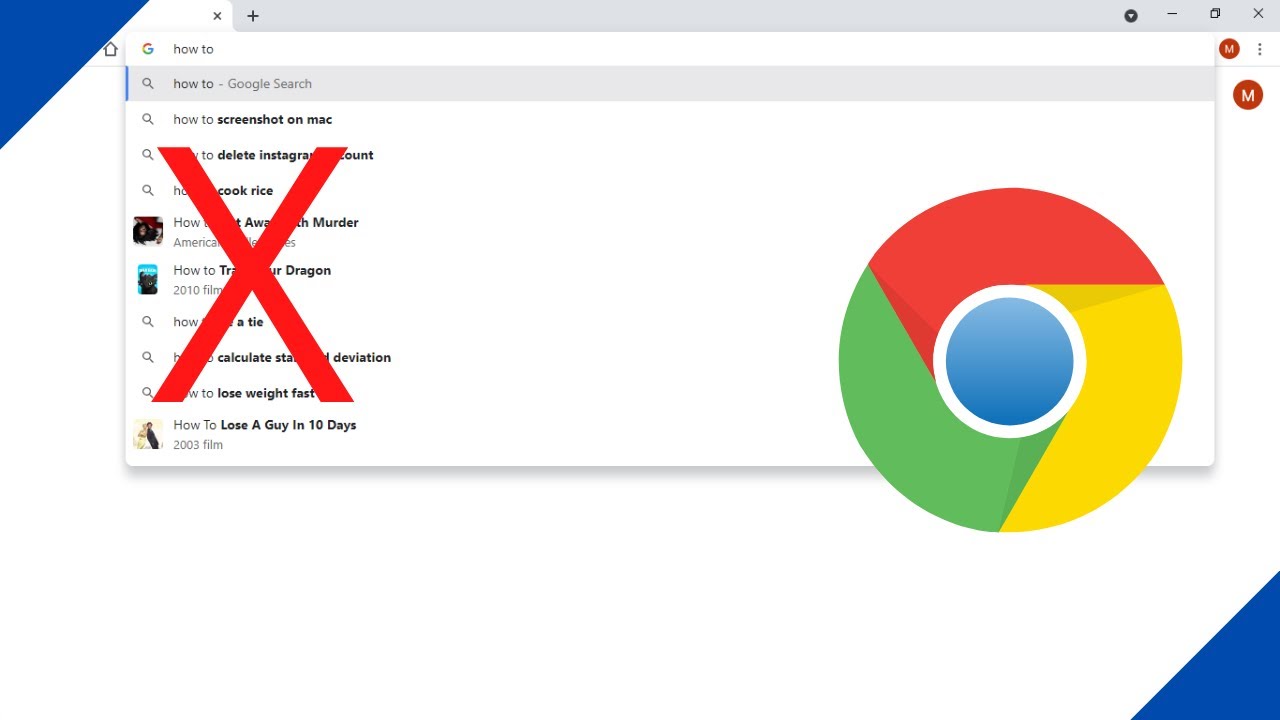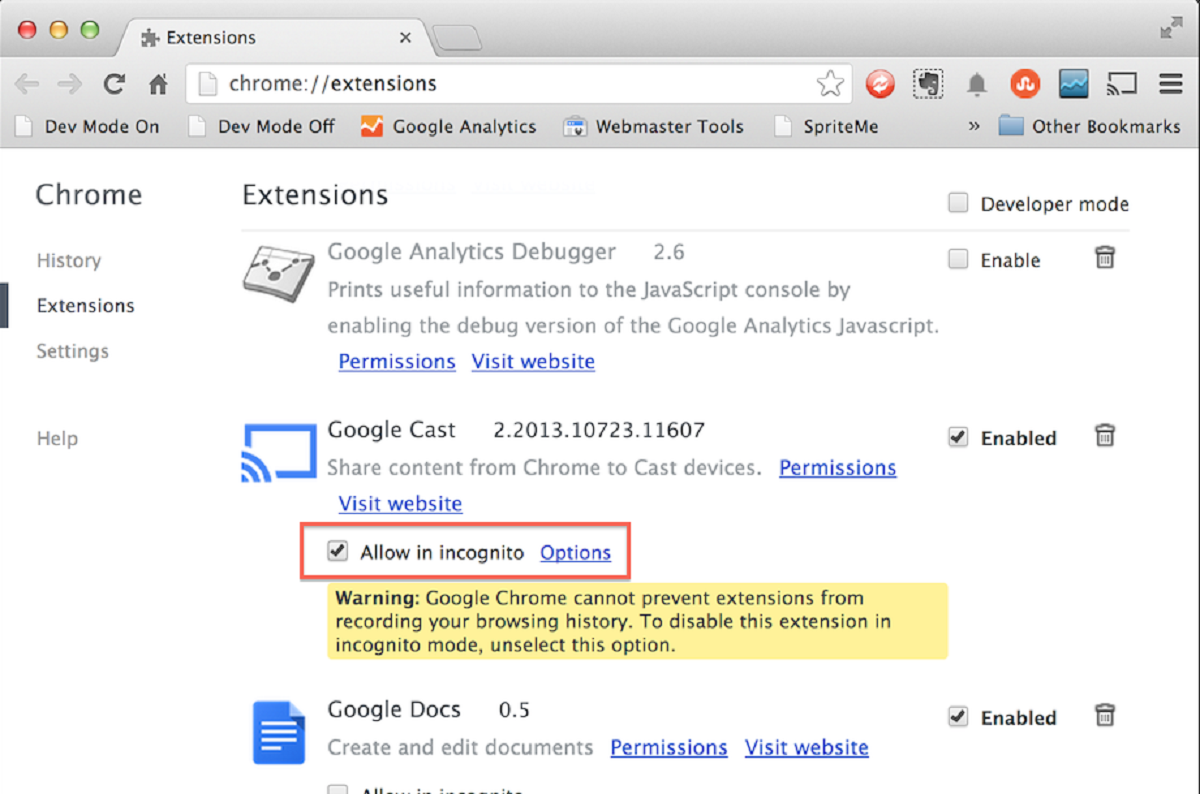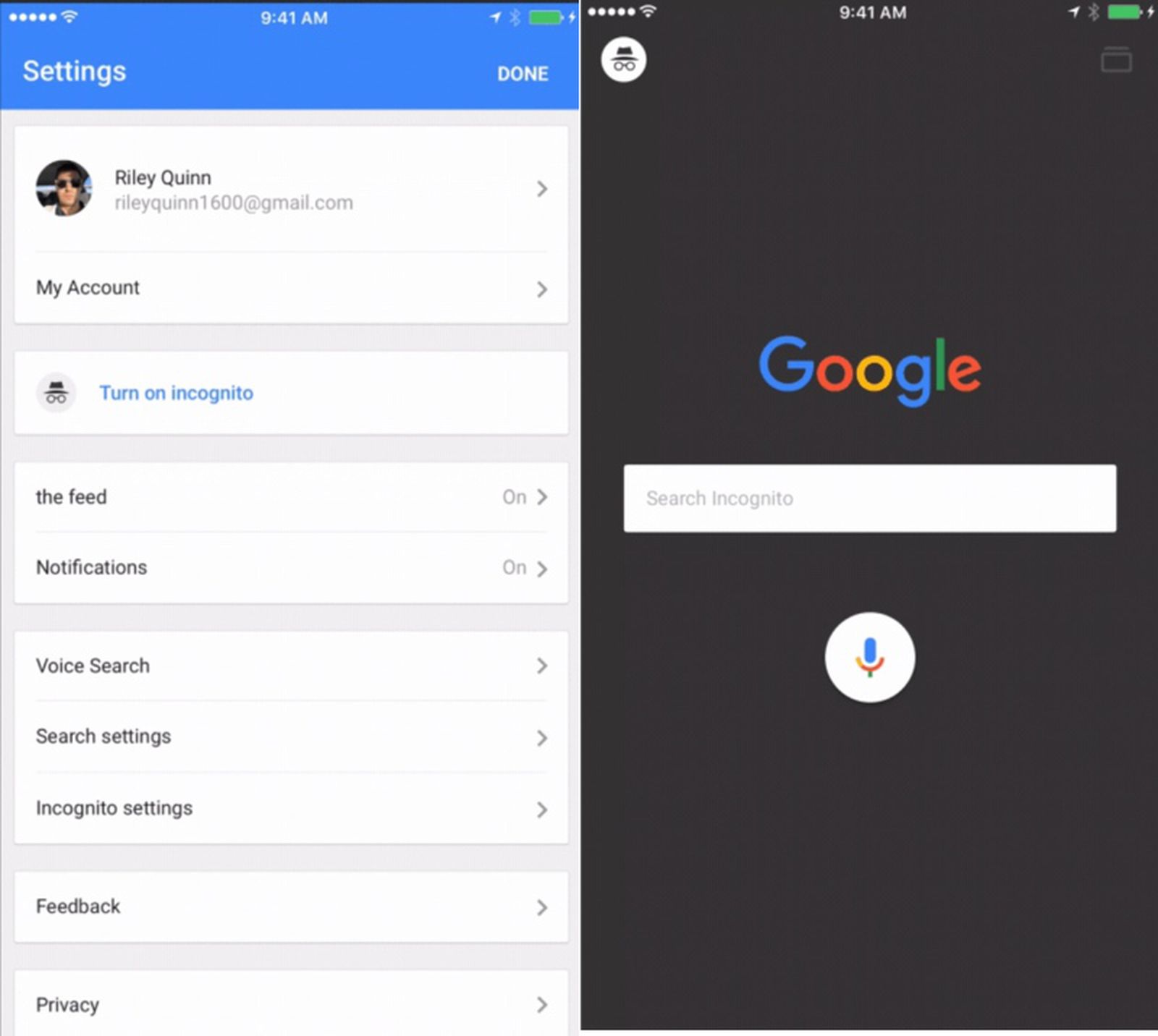Introduction
When it comes to browsing the web, privacy is a top concern for many users. Whether you're researching a surprise gift for a loved one, checking sensitive financial information, or simply wanting to maintain a level of discretion in your online activities, the ability to delete browsing history upon exiting a browser can be invaluable. In this guide, we'll delve into the steps to enable the "Clear cookies and site data when you quit Chrome" feature in Google Chrome, a popular web browser known for its user-friendly interface and robust features.
By configuring Google Chrome to automatically delete browsing history, cookies, and site data when you close the browser, you can ensure that your online activities remain private and secure. This feature is particularly useful for shared computers or devices, where multiple users may access the same browser. Enabling this setting not only safeguards your personal information but also ensures a clean slate for each browsing session, free from the clutter of accumulated data.
In the following sections, we'll walk you through the step-by-step process of accessing Chrome settings, customizing clearing options, and enabling the "Clear cookies and site data when you quit Chrome" feature. By the end of this guide, you'll have the knowledge and confidence to take control of your browsing privacy and enjoy a more secure online experience with Google Chrome. Let's dive in and explore the simple yet powerful steps to enhance your privacy while using this popular web browser.
Step 1: Open Google Chrome
To begin the process of configuring Google Chrome to delete browsing history on exit, the first step is to open the browser. You can do this by locating the Google Chrome icon on your desktop, taskbar, or in the applications folder on your computer. Once you've located the icon, simply double-click it to launch the browser.
Alternatively, if Google Chrome is set as your default browser, you can open it by clicking on any web link or by searching for it in the Windows Start menu or macOS Spotlight search. Upon opening the browser, you'll be greeted by the familiar interface of Google Chrome, featuring the address bar, tabs, and various navigation controls.
If you're using a mobile device such as a smartphone or tablet, you can open Google Chrome by tapping on its icon on the home screen or in the app drawer. Once launched, you'll be presented with the mobile version of the browser, optimized for touch interaction and on-the-go browsing.
Regardless of the device you're using, opening Google Chrome is the essential first step in the process of customizing its settings to enhance your privacy and security. With the browser now open, you're ready to proceed to the next step of accessing the Chrome settings, where you'll be able to configure the option to clear browsing data on exit.
By following these simple steps and taking control of your browser's privacy settings, you can enjoy a more secure and personalized browsing experience with Google Chrome. Now that you've successfully opened the browser, let's move on to the next step and delve into the process of accessing Chrome settings to further customize your privacy preferences.
Step 2: Access Chrome Settings
Accessing Chrome settings is the gateway to customizing various aspects of the browser, including privacy and security preferences. To begin, look for the three-dot menu icon located in the top-right corner of the browser window. This icon serves as the entry point to a plethora of options for managing Chrome's features and settings.
Upon clicking the three-dot menu icon, a dropdown menu will appear, presenting a range of choices for users to explore. From this menu, select the "Settings" option, which will redirect you to the Chrome settings page. Alternatively, you can directly access the settings page by typing "chrome://settings/" into the address bar and pressing Enter.
Once you've accessed the settings page, you'll be presented with a comprehensive array of customization options, organized into different sections such as "Privacy and security," "Autofill," "Advanced," and more. These sections allow you to fine-tune Chrome's behavior according to your preferences, with a specific focus on privacy and security settings.
In the "Privacy and security" section, you'll find a range of options to manage how Chrome handles your browsing data, cookies, and site permissions. This is where you can delve into the settings related to clearing browsing data, including the option to automatically clear cookies and site data when you quit Chrome.
By accessing the Chrome settings, you're taking a proactive step towards enhancing your browsing privacy and security. This process empowers you to tailor the browser's behavior to align with your preferences, ensuring a more personalized and secure online experience.
With the settings page now at your fingertips, you're poised to explore the various customization options available within Chrome. Next, we'll delve into the process of clearing browsing data, a crucial step in maintaining your privacy and security while using the browser. Let's move on to the next step and uncover the simple yet powerful process of clearing browsing data within Google Chrome.
Step 3: Clear Browsing Data
Clearing browsing data in Google Chrome is a fundamental aspect of managing your online privacy and maintaining a clutter-free browsing experience. By removing accumulated cookies, cached images and files, browsing history, and other site data, you can ensure that your online activities remain private and secure. In this step, we'll explore the process of clearing browsing data within Google Chrome, empowering you to take control of your digital footprint and enhance your browsing privacy.
To initiate the process of clearing browsing data, navigate to the Chrome settings page, as outlined in the previous step. Within the settings page, locate and click on the "Privacy and security" section, where you'll find the "Clear browsing data" option. Clicking on this option will direct you to the browsing data management interface, presenting a range of customization options to tailor the clearing process according to your preferences.
Upon accessing the "Clear browsing data" interface, you'll be presented with a list of data types that you can choose to clear, including browsing history, cookies and other site data, cached images and files, and more. You can select the specific data types you wish to clear, allowing for a tailored approach to managing your browsing data.
Furthermore, the "Clear browsing data" interface offers the flexibility to choose the time range for which you want to clear data, ranging from the past hour to the beginning of time. This granular control enables you to remove data accumulated within a specific timeframe, aligning with your privacy and security requirements.
Once you've selected the desired data types and time range, simply click on the "Clear data" button to initiate the clearing process. Google Chrome will promptly remove the selected browsing data, providing you with a clean slate for your browsing sessions.
By regularly clearing browsing data, you can maintain a streamlined and secure browsing experience, free from the accumulation of unnecessary data. This proactive approach not only enhances your privacy but also contributes to the overall performance of the browser, ensuring efficient data management and optimized browsing sessions.
With the browsing data now successfully cleared, you've taken a significant step towards managing your online privacy and maintaining a clutter-free browsing environment. Next, we'll delve into the process of customizing clearing options, including enabling the "Clear cookies and site data when you quit Chrome" feature, to further enhance your browsing privacy and security. Let's proceed to the next step and explore the customization options available within Google Chrome.
Step 4: Customize Clearing Options
Customizing clearing options within Google Chrome empowers users to tailor the browser's behavior to align with their privacy and security preferences. By delving into the clearing options, you can fine-tune how Chrome handles browsing data, cookies, and site permissions, ensuring a personalized and secure browsing experience.
Upon accessing the "Clear browsing data" interface, you'll find the option to customize clearing options, allowing you to specify the types of data that are automatically cleared when you exit Chrome. This level of customization provides granular control over your browsing privacy, enabling you to maintain a clean slate for each browsing session.
One of the key customization options within Chrome is the ability to enable the "Clear cookies and site data when you quit Chrome" feature. By activating this option, Chrome will automatically remove cookies and site data upon exiting the browser, ensuring that no trace of your browsing activity is left behind. This feature is particularly useful for users who prioritize privacy and wish to minimize the accumulation of browsing data.
In addition to clearing cookies and site data, Chrome offers the flexibility to customize other clearing options, such as clearing browsing history, cached images and files, and download history. This comprehensive range of options allows you to tailor the clearing process according to your specific privacy and security requirements, ensuring a personalized browsing environment.
Furthermore, Chrome provides the option to manage exceptions for site data, allowing you to specify which websites are exempt from the clearing process. This level of customization is valuable for users who wish to retain site-specific data for certain trusted websites while ensuring that data from other sites is cleared upon exiting the browser.
By customizing clearing options within Google Chrome, you're taking proactive steps to enhance your browsing privacy and security. This level of control empowers you to align the browser's behavior with your individual preferences, ensuring a tailored and secure online experience.
With the clearing options now customized to align with your privacy and security preferences, you're well-equipped to enjoy a more personalized and secure browsing experience with Google Chrome. Let's proceed to the final step and explore the process of enabling the "Clear cookies and site data when you quit Chrome" feature to further enhance your browsing privacy and security.
Step 5: Enable "Clear cookies and site data when you quit Chrome"
Enabling the "Clear cookies and site data when you quit Chrome" feature is a pivotal step in enhancing your browsing privacy and security. By activating this option, you ensure that cookies and site data are automatically cleared each time you exit the Chrome browser, effectively erasing any trace of your browsing activity. This proactive approach not only safeguards your privacy but also contributes to a clutter-free and optimized browsing experience.
To enable this feature, navigate to the Chrome settings page and access the "Privacy and security" section. Within this section, locate the "Cookies and other site data" option, which houses the setting to clear cookies and site data when you quit Chrome. By toggling this option to the "On" position, you instruct Chrome to automatically remove cookies and site data upon exiting the browser.
Once enabled, this feature provides peace of mind, knowing that your browsing activities leave no digital footprint within the browser. Whether you're using a shared computer or simply value your privacy, this setting ensures that each browsing session starts afresh, free from the remnants of previous activities.
Furthermore, the "Clear cookies and site data when you quit Chrome" feature aligns with the broader effort to maintain a secure and efficient browsing environment. By regularly clearing cookies and site data, you not only enhance your privacy but also contribute to the overall performance of the browser, ensuring that it operates smoothly and efficiently.
This feature is particularly valuable for users who prioritize privacy and wish to minimize the accumulation of browsing data. Whether you're conducting sensitive research, managing personal finances, or simply valuing your online privacy, enabling this setting empowers you to take control of your digital footprint within the Chrome browser.
By enabling the "Clear cookies and site data when you quit Chrome" feature, you're actively contributing to a more secure and personalized browsing experience. This simple yet powerful customization option aligns with your privacy and security preferences, ensuring that your online activities remain private and secure.
With this feature now enabled, you've taken a significant step towards enhancing your browsing privacy and security within Google Chrome. By combining this setting with the previously customized clearing options, you've tailored the browser's behavior to align with your individual preferences, ensuring a more personalized and secure online experience.
Conclusion
In conclusion, the ability to delete browsing history on exit in Google Chrome is a valuable feature that empowers users to take control of their online privacy and security. By following the step-by-step process outlined in this guide, you've gained the knowledge and confidence to customize Chrome's settings, clear browsing data, and enable the "Clear cookies and site data when you quit Chrome" feature, ultimately enhancing your browsing experience.
By configuring Google Chrome to automatically clear cookies and site data upon exiting the browser, you ensure that your online activities leave no digital footprint, contributing to a more secure and personalized browsing environment. This feature is particularly beneficial for users who share computers or devices, as it maintains privacy and security for each individual user.
Furthermore, the process of customizing clearing options within Chrome provides granular control over how browsing data is managed, allowing you to tailor the browser's behavior according to your specific privacy and security preferences. By regularly clearing browsing data and enabling the "Clear cookies and site data when you quit Chrome" feature, you contribute to a clutter-free and optimized browsing experience, free from the accumulation of unnecessary data.
Taking proactive steps to enhance your browsing privacy and security not only safeguards your personal information but also ensures a seamless and efficient browsing experience. By maintaining a clean slate for each browsing session, you can enjoy peace of mind knowing that your online activities remain private and secure.
In today's digital landscape, where privacy and security are paramount, the ability to delete browsing history on exit in Google Chrome empowers users to navigate the web with confidence. By leveraging the customization options and features within Chrome, you've personalized your browsing experience, aligning the browser's behavior with your individual preferences.
As you continue to explore the capabilities of Google Chrome and other web browsers, remember that taking control of your privacy and security is an ongoing process. By staying informed and proactive, you can navigate the web with confidence, knowing that your online activities remain private and secure.
With the knowledge and tools at your disposal, you're well-equipped to enjoy a more secure and personalized browsing experience with Google Chrome. Embrace the power of customization, and take control of your digital footprint as you embark on your online journey.







